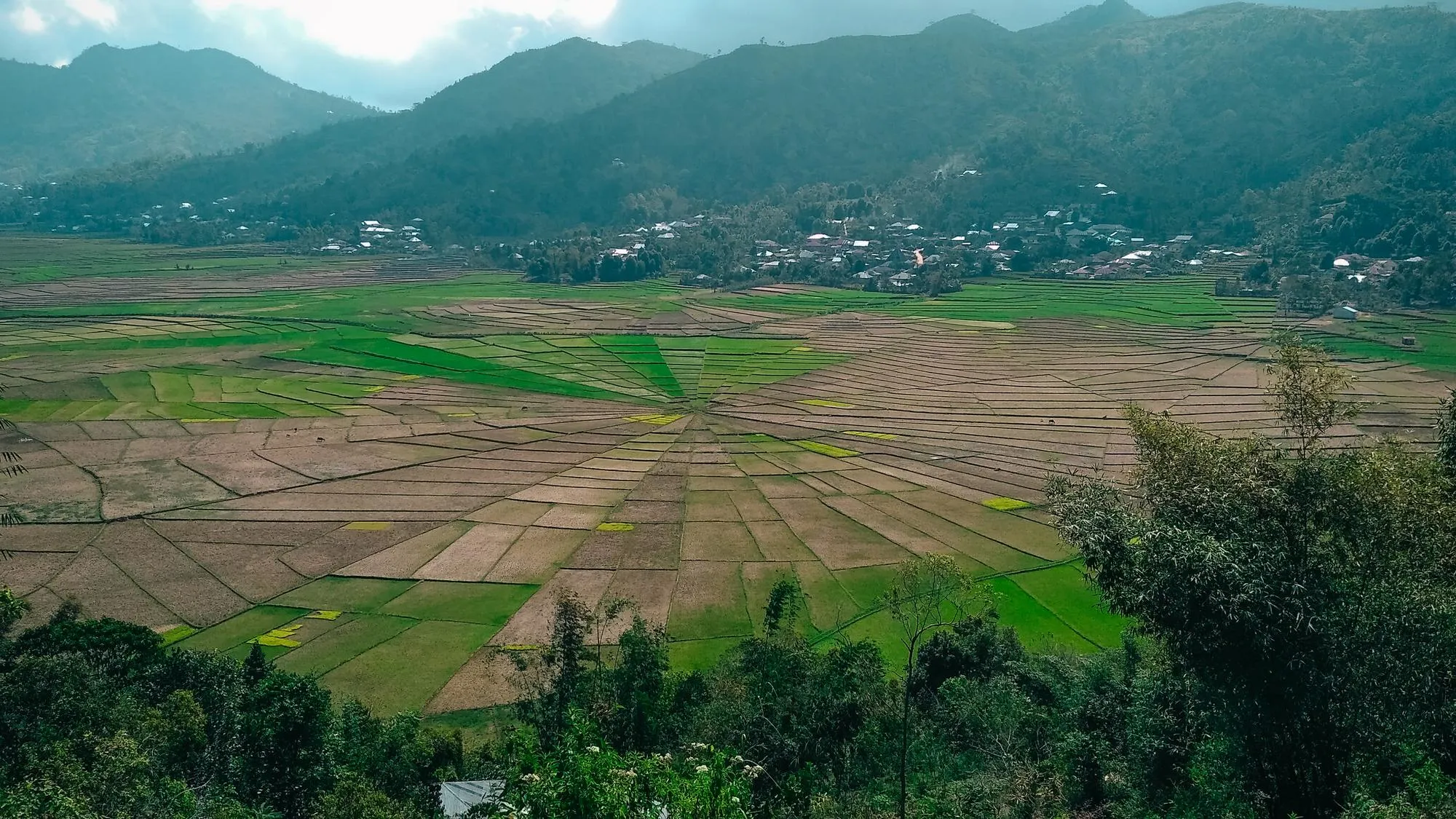Introduction
A revolution in agricultural techniques has arrived on the vast expanse of the Qinghai Tibetan Plateau, thanks to a groundbreaking study published in The Science of the Total Environment on January 18, 2024. The study, led by Ren Wen and a team of researchers from Lanzhou University and other notable Chinese institutions, has unveiled the potential of optimizing spatial usage efficiency in forage systems, thus enhancing yield production crucial for the delicate alpine ecosystem.
Research Overview
The meticulous two-year field trial was designed to investigate how different sowing patterns affect the growth dynamics of Elymus nutans, a native dominant grass species, when grown alone or in mixed communities with Onobrychis viciifolia, another forage species. The team experimented with six sowing patterns: cross row (S_C), double row (S_D), single row (S_R), broadcast (M_B), dependent row (M_D), and independent row (M_I).
The findings, with a DOI of 10.1016/j.scitotenv.2024.169949, provide a clear picture of how interspecific competition and intraspecific competition can be managed through strategic spatial arrangements to produce the highest possible yields while maintaining ecosystem stability.
Detailed Findings
In their research, Wen and colleagues discovered that the S_C pattern effectively minimized intraspecific competition, leading to a noticeable boost in Elymus nutans growth, especially in the development of leaf structure during the initial phase and subsequent stem and reproductive organ growth. This pattern highlighted the importance of spatial orientation in promoting the dominant component of the grassland.
For mixed sowing with O. viciifolia, the relative interaction intensity (RII) revealed an increased competition impact on the dominant species, indicating that too much E. nutans advantage could restrict the growth of companion species, especially in the second year.
In a significant insight, the study outlined that E. nutans thrived under M_B and M_D patterns, producing the maximal system yield by investing in leaf growth at early stages and stem growth after July 2019. On the contrary, the M_I pattern recorded lower plant numbers within the unit area, which could indicate less efficient space utilization.
Through Principal Component Analysis (PCA), researchers observed synchronous changes in component numbers or biomasses, except for E. nutans in the S_C, M_B, and M_D treatments. This finding was different in September 2019, supporting the idea that sowing patterns could influence growth patterns (P < 0.05). However, O. viciifolia exhibited similar growth across different sowing patterns in the second year.
Considering the unique environmental conditions of the Qinghai Tibetan Plateau, the study recommended S_C for improving component biomasses and supporting the adaptability to the alpine climate. Meanwhile, M_B and M_D were advocated for their ability to optimize interspecific relationships and increase yield through component harvesting.
Implications for the Agricultural Sector
The results of this research have vast implications for forage production in alpine regions. By understanding and implementing optimal sowing patterns, agriculturalists can maximize yield and ensure sustainable grassland management in the fragile ecosystems of high-altitude plateaus.
Recommendations
Owing to its importance in promoting grassland productivity and sustainability, the S_C sowing pattern has emerged as a key recommendation from this study for maximizing the growth of E. nutans. For mixed-species sowing, the advantages of M_B and M_D patterns cannot be overstated for their efficient use of space and resilience against variable seasonal growth conditions.
Conclusion
This landmark study, which intricately examines the intra- and interspecific competition dynamics in E. nutans mono- and mixed sowing communities, has paved the way for enhanced forage production strategies in alpine environments. While respecting the natural ecosystem processes, these findings offer a beacon of hope for sustainable forage farming in the face of climate change and rising global food demand.
References
1. Ren, W., Lin, C., Ma, J., Zhang, Z., & Shen, Y. (2024). Enhancing the component intra- and interrelationship of Elymus nutans mono- and mixed sowing communities via adjusting sowing patterns in the Qinghai Tibetan Plateau. The Science of the Total Environment, 169949. https://doi.org/10.1016/j.scitotenv.2024.169949
2. The Science of the Total Environment. (2024). Index of Issues. Elsevier. ISSN 1879-1026.
3. Lanzhou University College of Pastoral Agriculture Science and Technology. (2024). State Key Laboratory of Herbage Improvement and Grassland Agro-Ecosystems.
4. Zhang, Z., & Shen, Y. (2024). Emails regarding methodology and data interpretation. (Personal communication, January 15, 2024).
5. DOI System. (2024). DOI Handbook. International DOI Foundation. https://doi.org/10.1016/j.scitotenv.2024.169949
Keywords
1. Elymus nutans sowing patterns
2. Qinghai Tibetan Plateau agriculture
3. Alpine grassland yield optimization
4. Plant community interaction study
5. Forage production in alpine regions
